Founder-Led Growth in B2B SaaS: Signal or Ceiling for Investors?
Discover how founder-led growth in B2B SaaS can signal early success but also become a ceiling for scalability if not managed properly. Learn to...

Leading a small company to become big is all about focusing on your go-to-market. This article helps you identify and verify the market that you choose.
We go through the five necessary steps to follow to focus on a single niched market and then launch your Go To Market motion.
Your Total Addressable Market, also known as TAM, is determined by the market that you want to play in. Your TAM includes every type of customer that you would like to reach if you had unlimited resources and time. The dollar value of the size of your market is the total market demand for the product/services category and the potential scale of the category.
If the market you have picked is established, it often has solid analyst coverage, and potentially a Gartner Magic Quadrant, Forester Wave or equivalent “name” for the category.
Examples of established categories that could be your TAM definition:
Most small companies will focus on a subset of the established markets described above. Other companies will try to make a new market.
Smaller, or less mature markets, can be found on marketplace websites, or recommendation- and review websites. Examples are G2 and Capterra, among others. If a category is ripe to have a TAM analysis, chances are you can find it on an online review or analyst site.
Learn how to segment your market to reach product market fit.
If you know what our Total Addressable Market is, the first step towards your SaaS Go To Market focus is to select a segmentation model to divide the market into meaningful chunks.
Each business will have their own segmentation that makes sense. If you are a software company providing Subscription Payment Solutions, a simple way to segment the market could be by Industry Vertical. For a provider of services to Non-profits, the below distribution in Donations reported for Non-Profits sub-segments making up a $63B market, could be a good start.
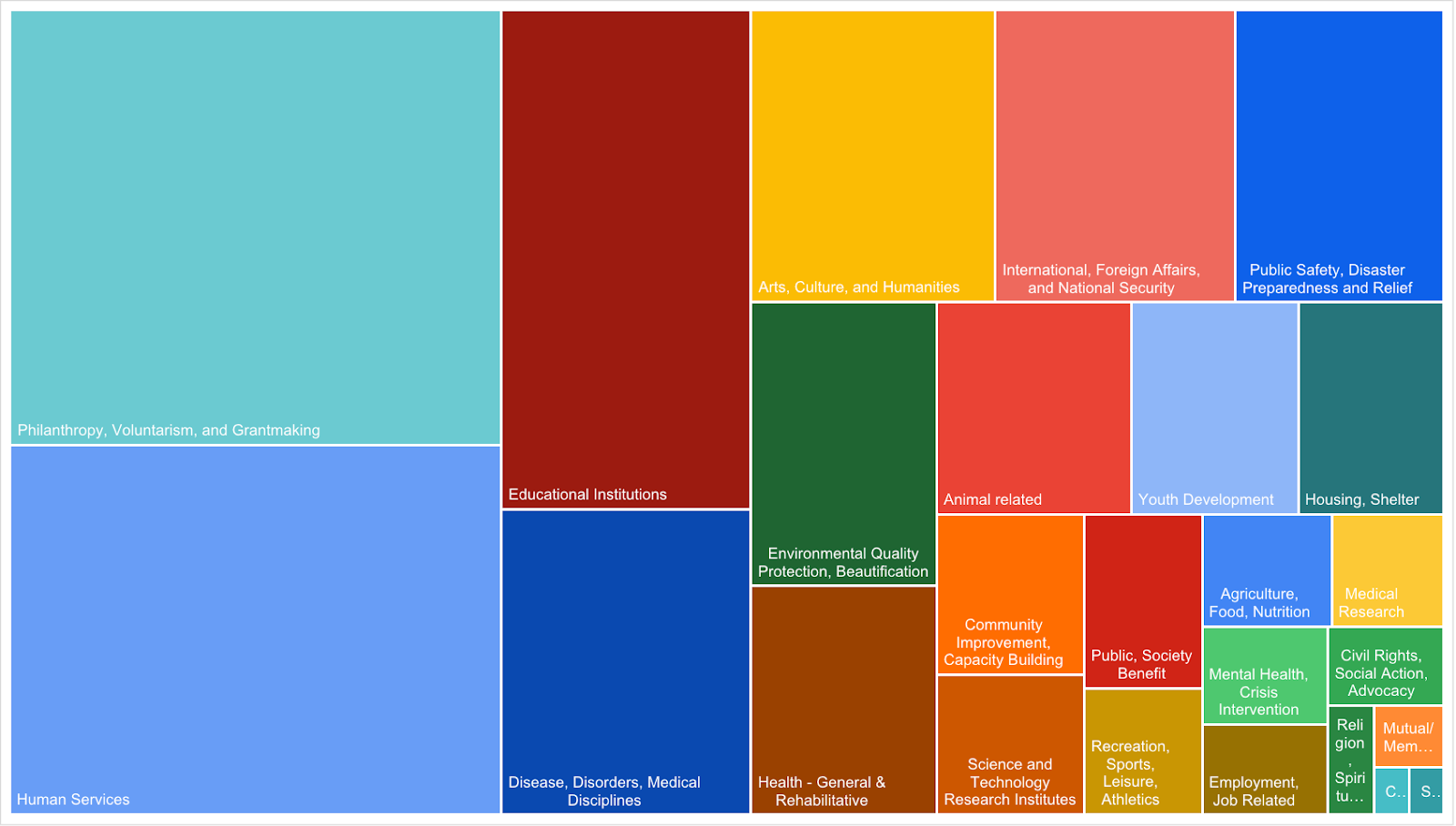 As an example, I’ll share the analysis that our team at Kalungi has used to focus our Go-To-Market in the past. Our business is focused on helping software companies that have recently been funded, to deploy their growth capital fast and in a responsible, efficient way that maximizes quick returns.
As an example, I’ll share the analysis that our team at Kalungi has used to focus our Go-To-Market in the past. Our business is focused on helping software companies that have recently been funded, to deploy their growth capital fast and in a responsible, efficient way that maximizes quick returns.Our TAM can be described as all the software companies in North America that have been funded recently. Below table shows these 7824 Companies and Organizations, grouped by Revenue Band.

If you use Excel, a simple dataset like this can quickly be turned into some cool heat maps as well: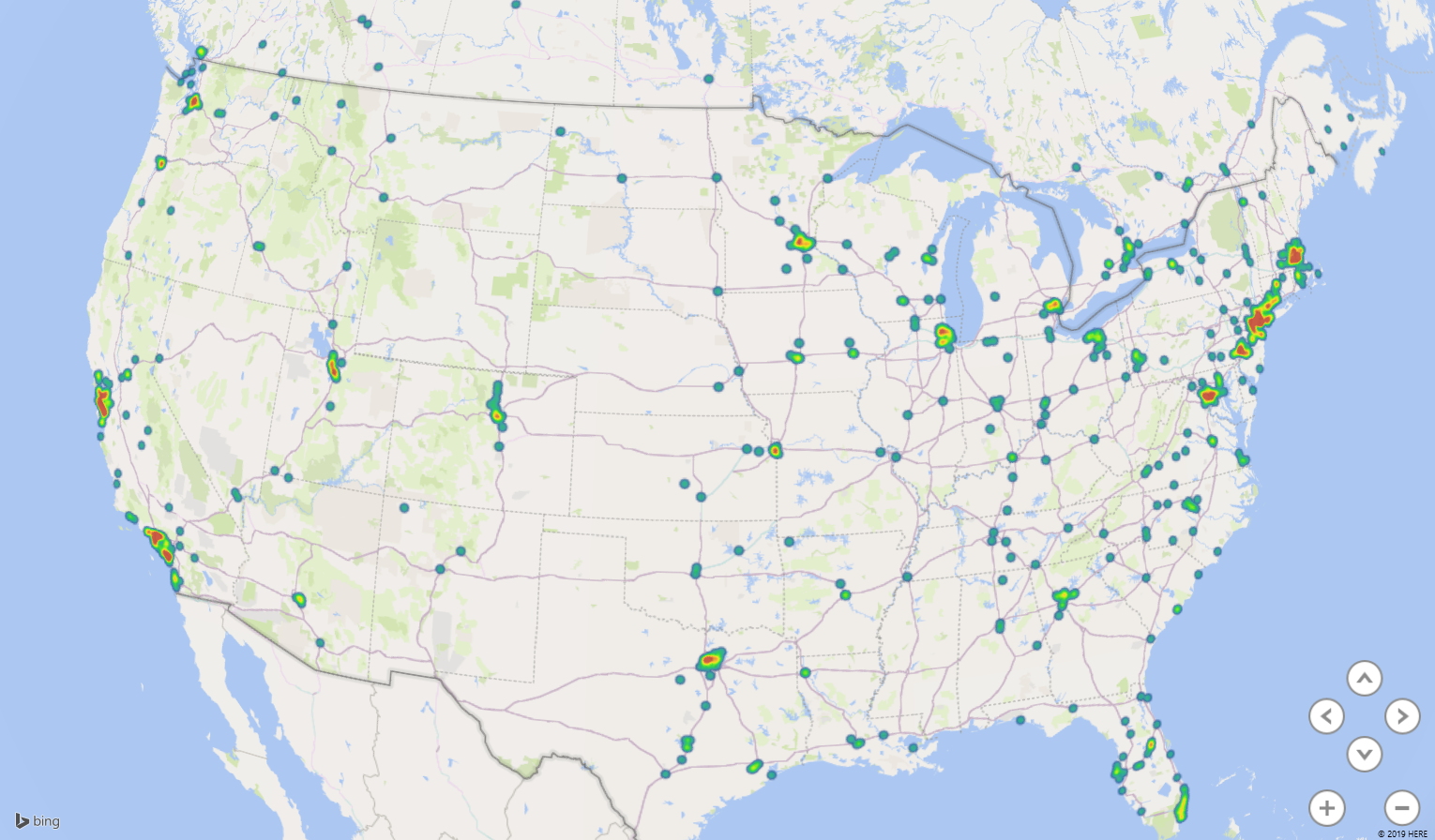 A mistake many business leaders make is to use the above type of analysis to focus on the big segments (or “hot spots”). This can be disastrous. Read on to understand why.
A mistake many business leaders make is to use the above type of analysis to focus on the big segments (or “hot spots”). This can be disastrous. Read on to understand why.
Your Serviceable Available Market, or SAM, is limited by how your Technology and Services can provide the best service for the market. Ask yourself:
To find your market to focus on, you need to know what you do best.
Finding the best bridge for you to go from TAM to SAM is about finding the best way to define who fits your value proposition. To define your SAM, you have to apply the right segmentation to your TAM.
This is how Kalungi segmented our market:
We then used the data points under #2. Then we enriched a list to analyze the companies that fall into those categories and then apply firmographic filters available in public databases, such as Crunchbase.
Filter 1: Revenue Size - This filter takes the TAM from 7825 to 7023 entities.
Filter 2: Financial Data - Taking out IPO takes us to 6860 entities. Funded ‘recently’ reduces the SAM to 2240 (90 companies out of these were acquired. We will exclude these.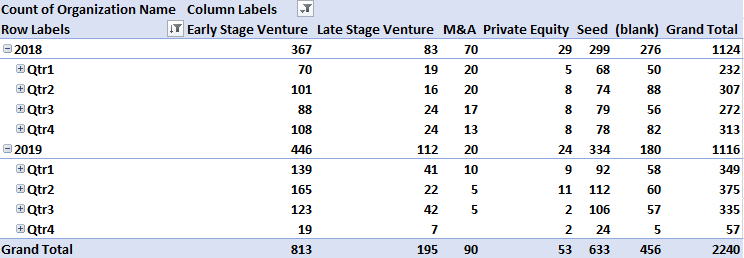
If you have not reached Product Market Fit, or are in an immature category, the above methodology using Firmo-graphics and Demo-graphics will be hard. You probably have to revert to Psycho-graphics and “Job-to-be-Done” segmentation models to get your best SAM.

Another analogy is a Beachhead to describe the SAM part of this analysis. Where do you currently win and have momentum? Just like a Beachhead on D-Day provided the Allied forces advantages like access to supply lines, and an ability to bring in reinforcements and heavy armor. Your Product Market Fit Beachhead gives your access to segment-specific endorsements, and referrals. It provides you with a potential opportunity to dominate a part of the market and prevent having to compete on price.
The Serviceable Obtainable Market, SOM, is the percentage of your market that you can realistically capture.
Consider the following questions:
Determining your SOM is all about picking a Niche based on what only you can do, where to go first, and then nailing that Niche. You need to think about the following factors:
To build on the Normandy Landing analogy, this is about finding the easy path to victory. Some beaches were easier to land, such as Omaha Beach.
 |
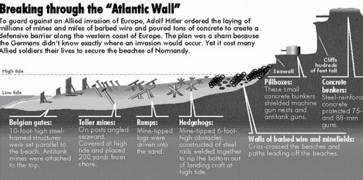 |
To test your SAM and turn it into your SOM, you can start with listing your "dream clients" and your current customers, and divide them as follows:
Verify the last category by creating a database of your existing customers, including the segment data you have used for your TAM calculation. Look for meaningful outcomes that indicate success in your business (recurring revenue per customer, number of users, etc.). Use this to come up with what you think of as your Ideal Customer Profile, or ICP.
To finish the example, here's how Kalungi determined its SOM from the SAM.
This is where we landed with the SOM for 2020 for Kalungi:
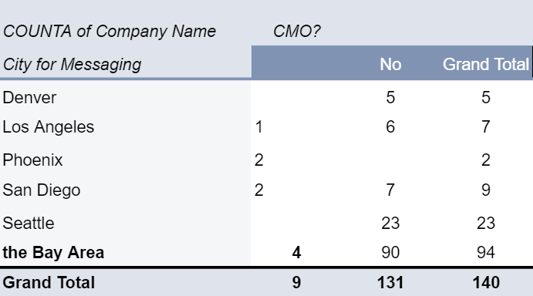
To summarize how we go from TAM to SAM to SOM, or better, how we prioritize the Go-To-Market (GTM), we used the following two dimensions.
Where do we have Beachheads that we can exploit and show credibility to new prospects?
To find what customers are going to be easy to drive growth, we look at the following signals:
With those two axes, we can rank the different verticals in order, and it’s all about relative position. In a bubble chart, we can create bubbles the size of the ARR TAM for each vertical.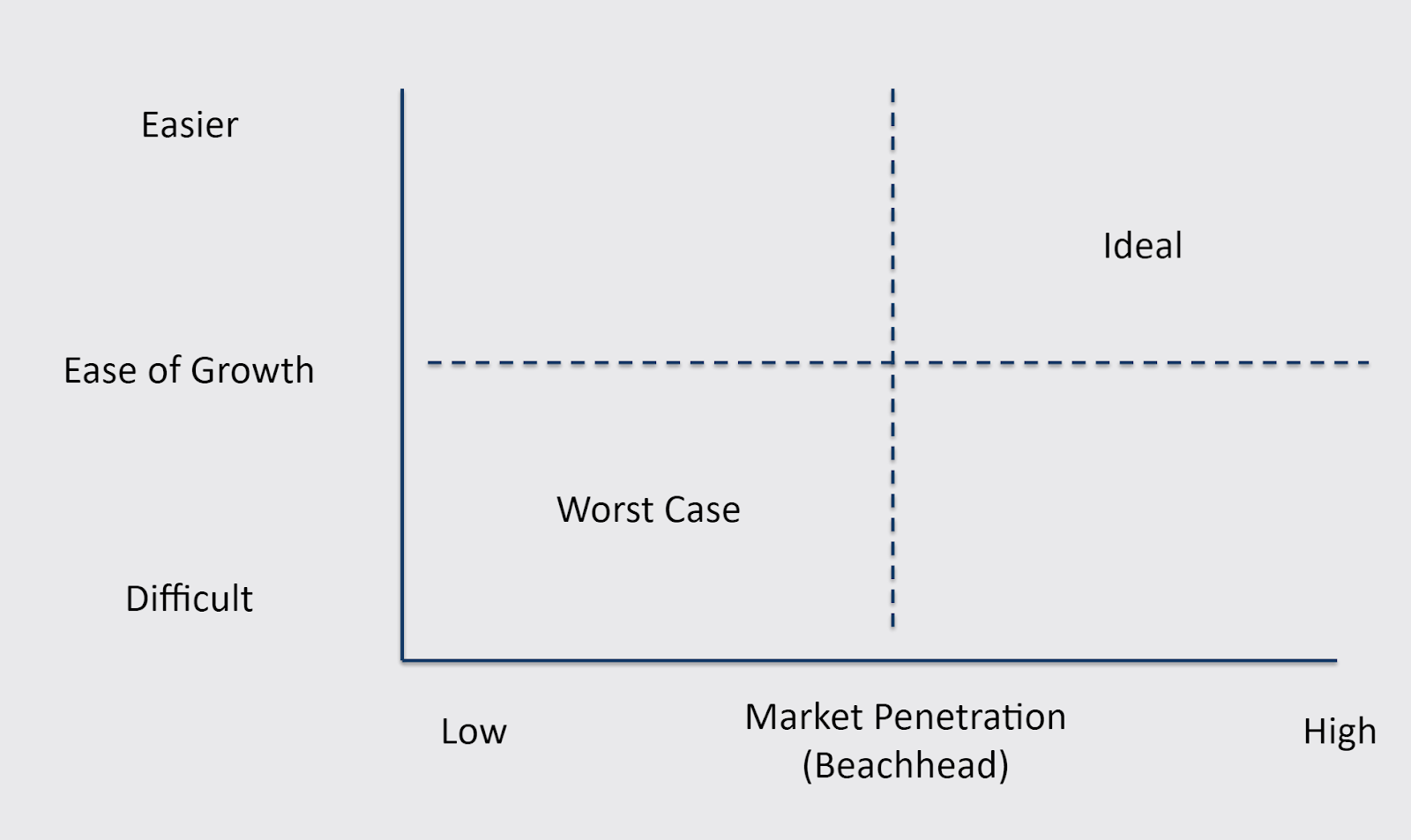
Once you’ve analyzed your potential market and honed in on your SOM, you’re ready to apply your GTM strategy so that your SaaS can take off.
If you need support with your GTM, Kalungi provides B2B SaaS companies with a fractional CMO and complete team of experts so you can scale fast. Reach out today to discuss your marketing strategy.
Stijn is Kalungi's co-founder and board member. He is a serial SaaS marketing executive and has over 30 years of experience working in software marketing. He is co-author of the T2D3 book and masterclass that helps startups drive exponential growth.
Discover how founder-led growth in B2B SaaS can signal early success but also become a ceiling for scalability if not managed properly. Learn to...
We’re proud to announce that Fadi George, Kalungi’s CEO and Co-Founder, has been nominated and accepted into the Forbes Business Council.
Discover the 5 foundational marketing SaaS growth strategies every B2B software company needs to create a predictable, scalable marketing engine.
Be the first to know about new B2B SaaS Marketing insights to build or refine your marketing function with the tools and knowledge of today’s industry.